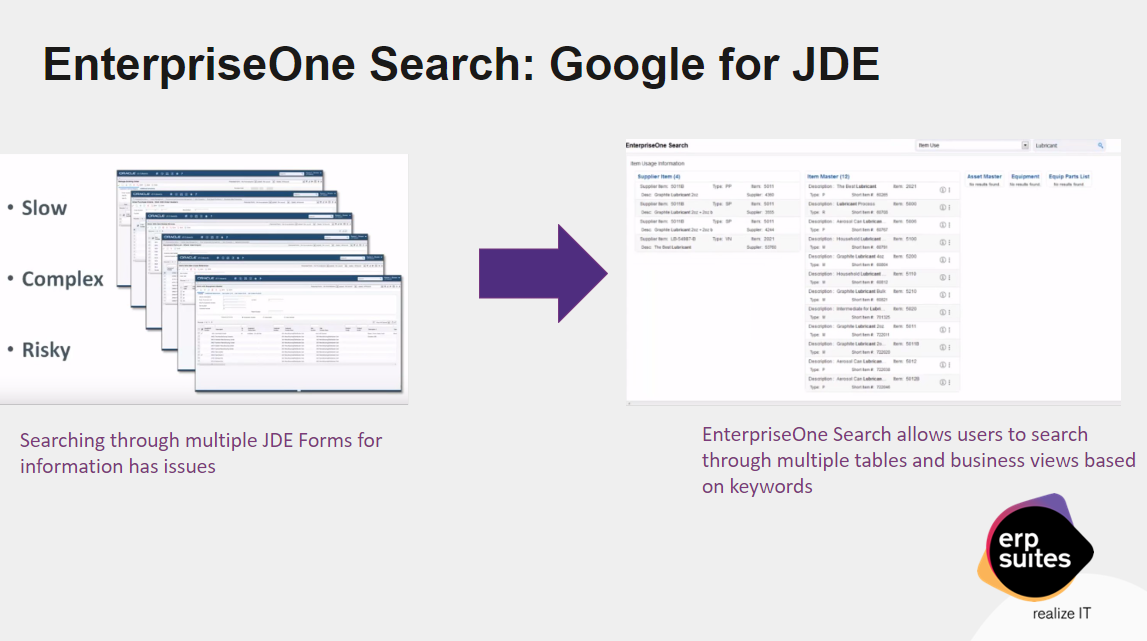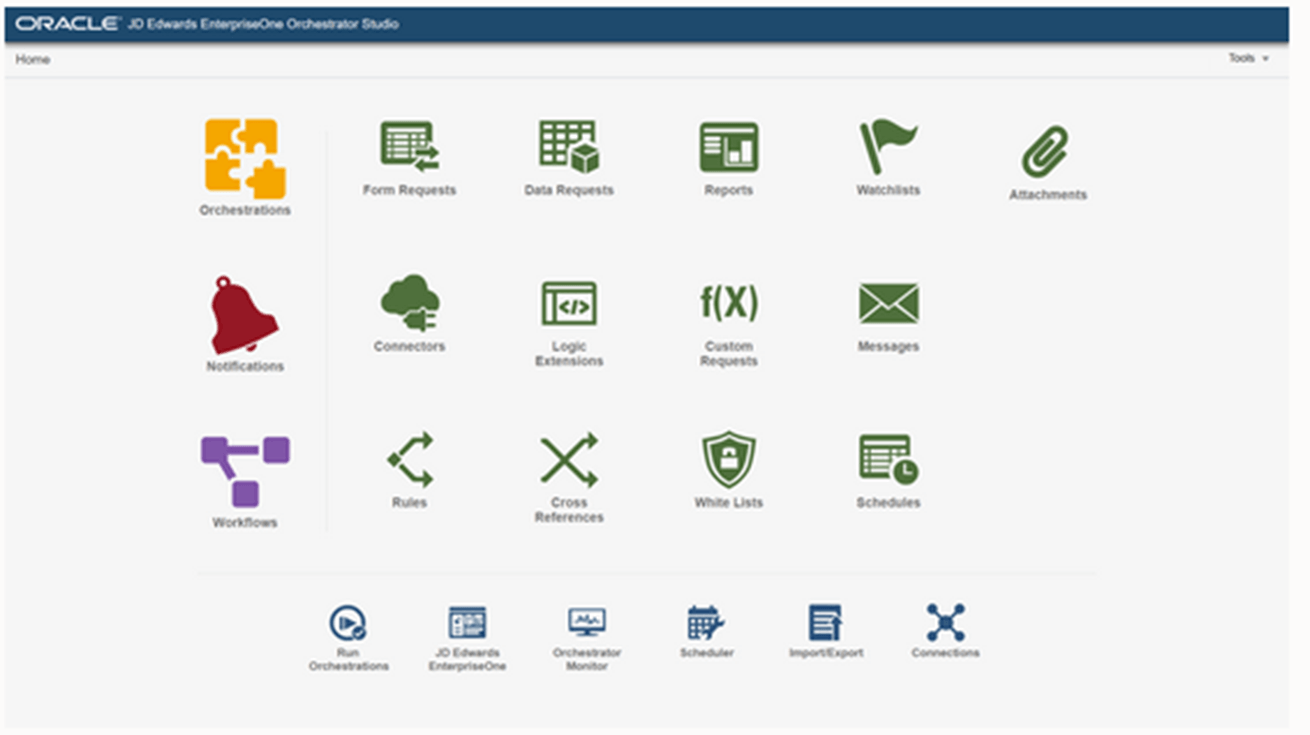Oracle vs. Amazon vs. Microsoft: Comparing Popular AI Tool Stacks
July 11th, 2024
5 min read
.png?width=960&height=540&name=Blog%20Images%20(48).png)
Digital assistants, chatbots, ChatGPT – task-oriented AI is everywhere these days, embedded in nearly every aspect of our digital lives. From predictive text while composing an email in Gmail to Microsoft CoPilot, big brands and corporations are trying to capitalize on not only meeting an individual need, but on the potential that comes with creating an entire suite of supplemental AI capabilities. Choosing the right one depends on several factors, not least of which is performance.
Here’s a breakdown of cost, business needs, and use case examples to consider when selecting an AI tool suite.
Who’s Who in the AI Game
The big-name players in the Enterprise AI tool suite game are Oracle, Amazon, and Microsoft. Oracle’s AI capabilities are found within the Oracle Cloud Infrastructure, or OCI. Amazon has its AI tools under Amazon Web Services (AWS), which is its cloud computing platform. Microsoft’s answer to OCI and AWS is Azure AI Studio.
Other companies might have their own proprietary AI tool stacks, but these companies are much smaller and more boutique. They might partner with one or two or even all of these big-name companies and build their own AI tool as a complement to their other services and products. However, these smaller companies don’t have the same capacity behind them that Oracle, Amazon, and Microsoft have, so we won’t be going into them in this article.
AI Tool Overview
Each platform offers a suite of AI capabilities designed to meet different business needs. Many of the tools are similar in nature, with varying proprietary specifications. For the purposes of this article, we’ll be comparing the following areas:
- Machine Learning Services
- Digital Assistant
- Natural Language Processing (NLP)
- Image and Speech Recognition
- Data Integration and Management
- Performance and Scalability
Machine Learning Services
Oracle Machine Learning offers built-in algorithms and integration with Oracle databases. It supports SQL, Python, and R, making it accessible to a wide range of users.
Amazon SageMaker stands out for its comprehensive set of features, including model building, training, tuning, and deployment. It supports various frameworks and offers built-in algorithms, making it suitable for both beginners and experts.
Microsoft’s tool is Azure Machine Learning. It provides an integrated environment for building, training, and deploying machine learning models. It supports popular frameworks like TensorFlow and PyTorch and offers automated ML for easier model development.
Machine Learning Comparison
Oracle Machine Learning excels in database integration and accessibility for different programming languages. Amazon SageMaker stands out for its comprehensive features and versatility across user skill levels. Azure Machine Learning is strong in framework support and automated ML capabilities, making it a robust choice for streamlined model development.
Your selection of a machine learning tool from these three will be dependent on your user needs and existing infrastructure.
Digital Assistant
Oracle Digital Assistant (ODA) is an AI-powered chatbot platform that supports intelligent, multi-channel interactions (web, mobile, messaging apps, voice). It offers pre-built skills for business processes and integrates well with Oracle Cloud applications, making it ideal for enterprises using Oracle’s ecosystem. At ERP Suites, we are hard at work with our own AI digital assistant that can seamlessly integrate with JD Edwards to streamline your operations.
Amazon Q is a generative AI-powered assistant. It is available in two main versions: Amazon Q Business, a tool for businesses to take maximum advantage of their existing data; and Amazon Q Developer, which focuses on assisting developers and IT professionals working on AWS cloud applications. It can integrate with development environments like Visual Studio Code and JetBrains IDEs and offers the ability to create custom apps, among other functionalities. ERP Suites has leveraged Amazon Q to allow our Clarity users to troubleshoot and search for help much faster.
Azure Bot Service provides conversational AI experiences. It integrates with Language Understanding (LUIS) for NLP and Azure Cognitive Services for enhanced capabilities. The service offers developer-friendly tools like the Bot Framework SDK and Composer for no-code development.
Digital Assistant Comparison
Oracle Digital Assistant excels in enterprise integration and pre-built business skills. ODA works with many data sources, using the REST API, for process flow automation. Using Orchestrations, ODA can then input and output data into JDE. At ERP Suites, we are building a skills repository for use with the Oracle Digital Assistant that can, with specific mapping, jumpstart the integration process.
Amazon Q is a knowledge base that can be asked questions about imported unstructured documents or databases. Azure Bot Service is versatile, with extensive multi-channel support and powerful developer tools.
Natural Language Processing
Oracle's Natural Language Processing (NLP) capabilities are integrated into its analytics and machine learning tools, allowing users to perform text analysis and extract insights from unstructured data.
Amazon Comprehend provides powerful NLP features, including entity recognition, sentiment analysis, and topic modeling. It's designed to integrate easily with other AWS services.
Azure offers Text Analytics for sentiment analysis and key phrase extraction, Translator for translation, and Language Understanding (LUIS) for building conversational interfaces.
NLP Comparison
Oracle excels in integrating NLP with its existing analytics and machine learning tools. Amazon Comprehend stands out for its diverse and comprehensive NLP features and seamless AWS integration. Azure is streamlined for conversational AI. Azure Bot Service and related tools excel at building chatbots that understand natural language and interact with users across platforms.
Azure is unique in that it offers a no-code interface, which allows any user to create basic chatbots. This is a great option for building simple interactions, without needing deep NLP expertise.
Image and Speech Recognition
Oracle Visual Analyzer’s image recognition capabilities are primarily focused on data visualization, with less emphasis on standalone image analysis tools.
Amazon Rekognition provides robust image and video analysis, including facial recognition, object detection, and scene analysis.
Azure offers Computer Vision for image analysis and Speech Service for speech-to-text, text-to-speech, and translation.
Image and Speech Comparison
In this category, Oracle Visual Analyzer is the more logical tool for image processing because it has a better user interface and is easily compatible with other frameworks. It is also easy to store, train, model, and then visualize the model of image classification.
Amazon Rekognition is better for analyzing video and streaming data, using Amazon Kinesis for faster processing and data integration.
Data Integration and Management
Oracle OCI excels in data integration within the Oracle ecosystem, with tools like Oracle Data Integrator and Oracle GoldenGate facilitating seamless data flow.
AWS Glue and AWS Lake Formation provide extensive data integration and management features, supporting a wide range of data sources and formats.
Azure Synapse Analytics and Azure Data Factory offer powerful data integration and management capabilities, making it easier to connect and analyze data from various sources.
Data Integration Comparison
All three platforms offer similar integration capabilities using their respective tools. If you run Oracle apps, such as JD Edwards, then OCI is a good choice.
Performance and Scalability
Performance and scalability are critical factors when choosing an AI tool. All three platforms offer robust solutions, but there are differences:
Oracle Cloud Infrastructure is particularly strong in handling large datasets and complex analytics within the Oracle ecosystem.
AWS is known for its scalability and performance, with services like Amazon SageMaker and AWS Lambda offering elastic compute capabilities. AWS's global infrastructure ensures low latency and high availability.
Azure provides scalable solutions with its global network of data centers. Services like Azure Machine Learning can handle large-scale data processing and complex machine learning tasks.
Performance Comparison
All of these options are robust and scalable, but AWS would be the primary choice for quick scalability that won’t hinder high performance.
Choosing the Right AI Tool for Your Business Needs
Selecting the right AI tool suite for your business is a crucial decision. OCI, AWS and Azure each offer unique strengths and capabilities that cater to different needs and preferences.
OCI shines in advanced analytics and seamless integration with Oracle databases, ideal for data-driven organizations using Oracle's infrastructure. AWS stands out for its flexibility, scalability, and comprehensive range of AI services, suitable for diverse and large-scale applications. Azure excels in integration with Microsoft products and user-friendly tools, making it a strong choice for businesses in the Microsoft ecosystem.
Whether you're a small business looking to start your AI journey or a large enterprise seeking to enhance your AI capabilities, our team of experts here at ERP Suites can help you select the right solution for you. Reach out today and let’s get started.
Leyla Shokoohe is an award-winning journalist with over a decade of experience, specializing in workplace and journalistic storytelling and marketing. As content manager at ERP Suites, she writes articles that help customers understand every step of their individual ERP journey.


.png?width=960&height=540&name=Blog%20Images%20(90).png)
.png?width=960&height=540&name=Blog%20Images%20(86).png)
.png?width=960&height=540&name=Blog%20Images%20(80).png)
.png?width=960&height=540&name=Blog%20Images%20(71).png)
.png?width=960&height=540&name=Blog%20Images%20(61).png)
.png?width=960&height=540&name=Blog%20Images%20(53).png)
.png?width=960&height=540&name=Blog%20Images%20(44).png)
.png?width=960&height=540&name=Blog%20Images%20(43).png)
.png?width=960&height=540&name=Blog%20Images%20(42).png)
.png?width=960&height=540&name=Blog%20Images%20(39).png)

.png?width=960&height=540&name=Blog%20Images%20(30).png)
.png?width=960&height=540&name=Blog%20Images%20(29).png)

.png?width=960&height=540&name=Blog%20Images%20(20).png)
.png?width=960&height=540&name=Blog%20Images%20(17).png)
.png?width=960&height=540&name=Blog%20Images%20(18).png)